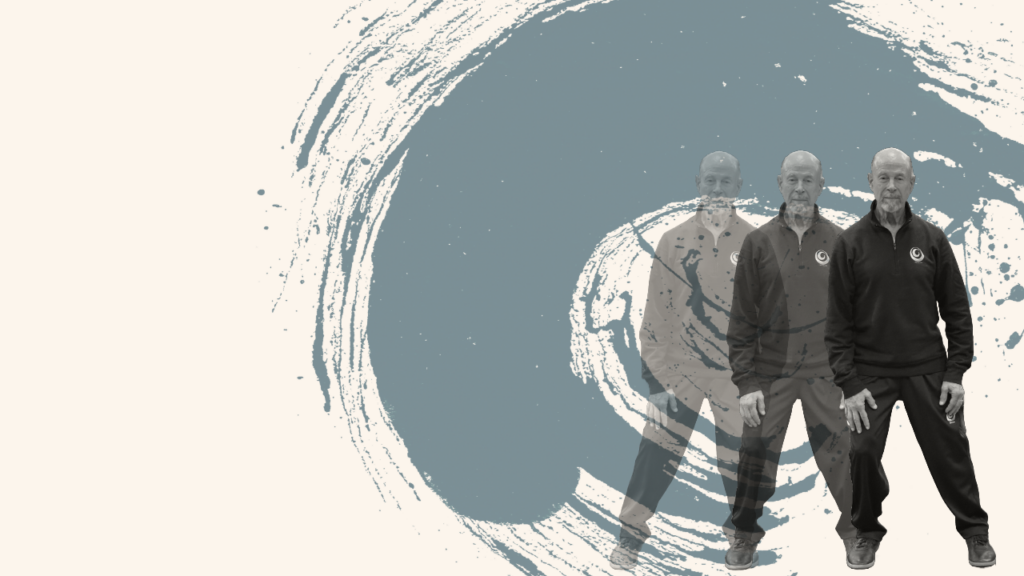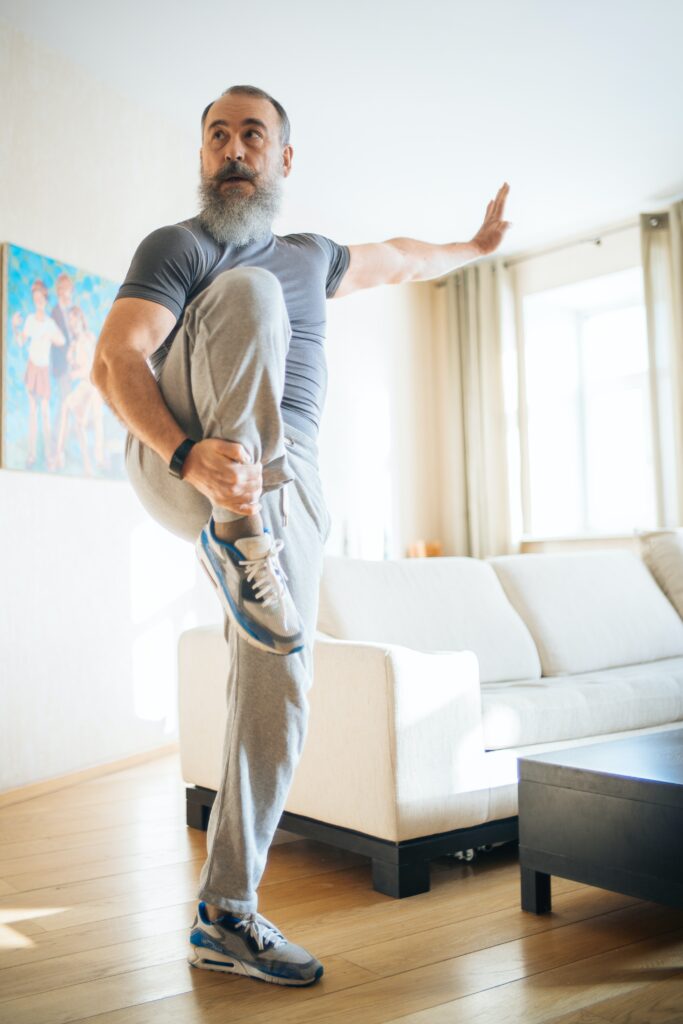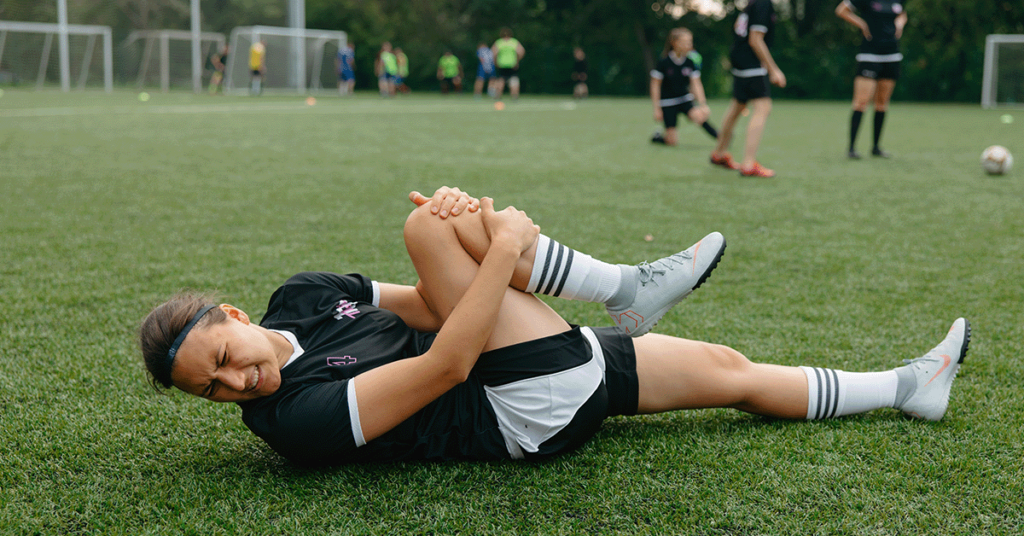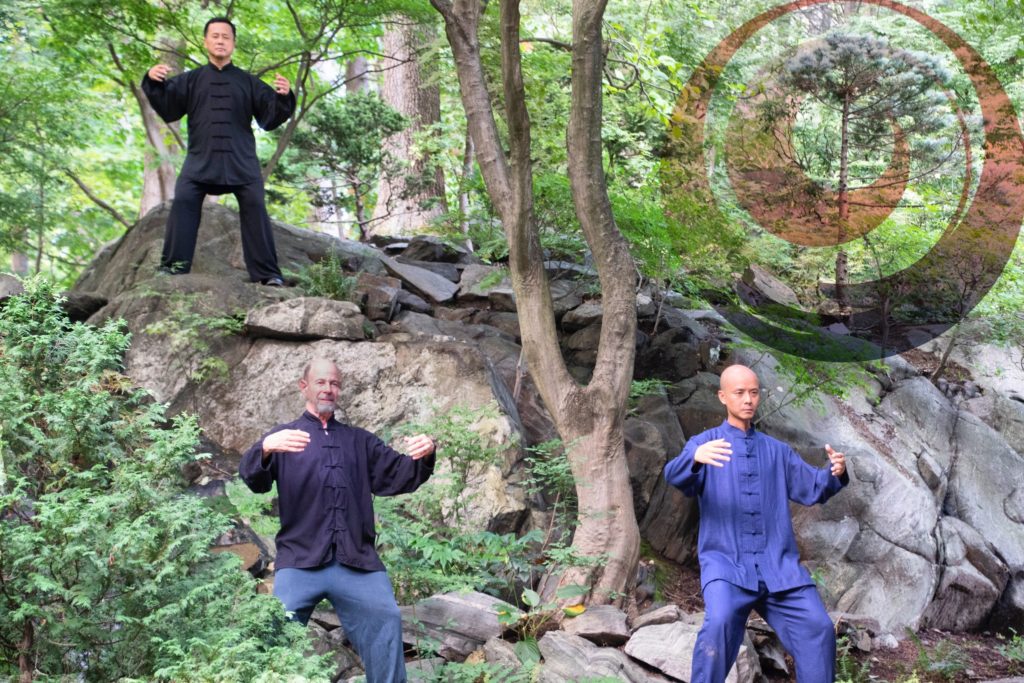The Importance of Tai Chi for Fall Prevention in Older Adults

There has been a lot written about how effective the practice of Tai Chi is for fall prevention and yet, there are so many people out there who are not aware of how beneficial this can be, especially for those who are in the age range of 55 and up.
The Prevalence and Impact of Falling
Statistics have shown that the second most common cause of death and injury to people in this age group, after automobile accidents, is falling. According to Statista, data shows a nearly twofold increase in fall related deaths from 2007-2021. According to the Center for Disease Control (CDC), over 300,000 elderly people have been hospitalized annually with hip fractures, of which 95% were from falls. The cost of falling is huge. In 2015, data suggests an estimated medical cost of over $50 billion. The financial burden can also impact those who have insurance. The reasons people fall are complex ranging from inattentiveness to medical or physical conditions, and everything in-between.
My Personal Experience with Tai Chi and Fall Prevention
As I have aged (I’m now in my 80’s) I have become aware of a routine question I get from health professionals when I visit a doctor’s office: “Have you fallen recently?” To which I reply, “I don’t fall.”
I’ve been practicing Tai Chi for over 47 years and to this date I can honestly state that I hardly ever fall. I do remember two incidents in all these years, of falling with no consequence. One time I was in my mid 30’s and jogging. I sped up during my home stretch when my foot hit a buckling cement seam in the sidewalk. I tumbled, landed back on my feet with not even a scratch. The other time I remember was in my mid-sixties during an exceptionally cold winter at night when I took garbage out to the curb. I hit a patch of black ice and slipped, landing on my back with no consequence. My reflexive reaction let my hands gently break the fall while my head tucked forward preventing any contact with the cement. I credit this to my study of Tai Chi. Instinctively my body knew what to do in a split second.
Reasons for Falls and How Tai Chi Can Help
The reasons people fall are complex ranging from inattentiveness to medical or physical conditions, and everything in-between.
How Tai Chi practice helps is actually multifaceted. There is a mind-body connection that occurs during routine practice that simultaneously trains the mind to sense changes in the body (referred to as “listening to your body”), builds lower limb strength, increases an awareness of one’s surroundings, and improves reflexive reaction time to adjust for subtle changes in balance.
Why Tai Chi for Fall Prevention?
Unfortunately, I have seen friends who did not practice Tai Chi fall with consequences ranging from fractured wrists to dying from brain trauma. In fact, as this article has been written, the news of Senator Joe Lieberman’s death, due to falling, emphasizes even more how important it is for people to train to prevent and minimize the impact of a fall. The good news is a growing body of studies reveal that Tai Chi practice demonstrates a high-effectiveness in fall prevention and minimizing the potential of catastrophic falls.
But many are under the mistaken impression that Tai Chi is difficult to learn. To that methods have been developed to simplify the essence of Tai Chi training without sacrificing the basic principles and practices. As with most sports and exercises, there has been an evolution in the way apparently complex systems can be broken down into understandable components so that trainees can progress quickly.
The Tai Chi evolution is no different. Some contemporary Tai Chi approaches based on the classic principles of Tai Chi practice have produced achievable goals to help students gain the benefits of Tai Chi while minimizing the frustrations and confusions associated with the more traditional instruction methods. With the correct system and teacher, the mystery of Tai Chi can be eliminated.
In fact, Grand Master Chen Xiao Wang, the 19th-generation lineage holder of Chen style Tai Chi, the original and most mature form of the discipline, created a series of foundational exercises. The exercises are referred to as Silk Reeling which have made the study of Tai Chi easier to learn and is a cornerstone of the Chi Force curriculum.
Why Tai Chi for Fall Prevention?
How Tai Chi practice helps is actually multifaceted. There is a mind-body connection that occurs during routine practice that simultaneously trains the mind to sense changes in the body (referred to as “listening to your body”), builds lower limb strength, increases an awareness of one’s surroundings, and improves reflexive reaction time to adjust for subtle changes in balance.
An example of utilizing basic Tai Chi movements as foundational building-blocks is the first lesson of the Chi Force Fundamentals course, on “Posture.” Many beginners don’t have the mind-body knowledge that is an essential part of Tai Chi study. By learning how to adjust their posture for efficient, controlled motion instills benefits that directly impact balance and fall prevention.
Here are examples of simple exercises to help begin body awareness and posture.
Fall Prevention Exercises
Exercise 1: Centering and Feeling the Dan Tian
- Stand with feet about shoulder-width apart.
- Find the middle of the top of your head by tapping the point gently. Focus your attention at this point.
- Imagine there is a string at this point, and that a puppeteer is gently pulling your head up from that center-point. Your head should feel as if it was floating, straight up with a slight stretch in the back of the neck. Your head should not be tilted back or the chin pushed down in front. It should be level so that your eyes are able to look straight ahead.
- Your knees should be soft, not locked or bent.
- Allow your arms to drop gently down.
- Next, place the palm of your left hand flat across your lower abdomen about 1 1/-2” (2.5-4 cm) below your navel, then place your right palm over your left.
- Close your eyes and inhale through your nose. Imagine your breath flowing down to this point as you to the count of 4.
- On your exhale follow your breath up your spine, to the top of your head and then down and out through your nose. Exhale to the count of 6.
Be sure to focus on your head floating up throughout this exercise. Inhale and exhale slowly for about one minute. As you do so, continue to scan your body to be sure your head floats up, your shoulders are relaxed, and you are not leaning left or right, towards the front or towards the back.
Exercise 2: Shifting Weight for Centering and Stronger Legs
If you do not feel secure with your balance, perform the following two exercises close to a countertop so that you can hold on should you feel off-balanced.
- Stand with your feet shoulder-width and your head floating up flat as described in Exercise 1 and your knees slightly bent.
- Shift your weight to the left leg and sink your weight a little more into the leg. Hold for 10 seconds.
- Push on the heel of your left leg to come back up; then shift back to center so that your weight is evenly distributed.
- Shift your weight to the right leg and sink your weight a little more into the leg. Hold for 10 seconds.
- Push on the heel of your right leg to come back up; then shift back to center so that your weight is evenly distributed
- Now try weight shifting as above with a little more of a challenge. Shift your weight to the left leg and sink your weight a little more into the leg. Hold for 10 seconds.
- Keep your weight on your left leg. When you feel balanced, sink lower on your left leg, hold for 5 seconds. Then push back up to your original sink position, do not stand up; keep low.
- Sink back down, then slowly push up.
- Repeat up and down, sinking 10 times.
- When done, push up to standing position and reposition yourself to center with equal weight on both legs.
- Shift your weight to the right leg and sink your weight a little more into the leg. Hold for 10 seconds.
- Keep your weight on your right leg. When you feel balanced, sink lower on your right leg, hold for 5 seconds. Then push back up to your original sink position, do not stand; keep low.
- Sink back down, then slowly push up.
- Repeat up and down sinking 10 times.
Exercise 3: Leg Strengthening through Tai Chi Stepping
- Stand with your feet just about shoulder-width apart.
- Focus on your head floating up from the center point of the top of your head as in Exercise 1.
- With your arms, resting at your side, bend your knees slightly and sink down as if you were about to sit into a chair.
- Tilt your hips forward until you feel your quads (thighs) engage, and the back straighten up slightly.
- Shift your weight to your left leg, hold it until you feel firm and secure.
- Pick up the heel of your right leg and then step in with the right leg so that it is almost touching your left leg. Keep your weight on your left leg to the count of 10.
- Step back out with the right leg to the original position and then center yourself so that the weight is evenly distributed on both legs. Remain in the “almost seated” position in which you started this exercise.
- Shift your weight to your right leg, hold until you feel firm and secure.
- Pick up the heel of your left leg and then step in with the left leg so that it almost touches your right leg. Keep your weight on the right leg to the count of 10.
- Step back out with your left leg to the original position and center to yourself so that the weight is equally distributed on both legs.
- Repeat left and right shifts 10 times each side.
- When finished, stand up straight, focus on your head floating up and shoulders relaxed as your arms rest gently at your sides. Then close your eyes and try to feel as if your body is straight and not leaning left or right front or back while you breathe softly and gently. Then open your eyes and smile. You’re done.
About the author
Alan Bandes has been teaching Chen Style Tai Chi for over 2 decades while studying under Master Ren Guangyi. He teaches in-person, and as an instructor for Chi Force Community where he offers live-streamed classes. His Chi Force courses are Awaken the Legs, Tai Chi & Qigong Fundamentals, Standing Mountain Qigong, and Tai Chi Silk Reeling Qigong.






